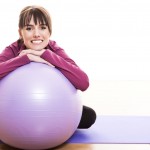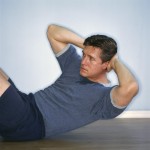 Take your fitness to the next level…
Take your fitness to the next level…
Join #HealthyWayMag Fitness Chat every Monday at 5pm(Pacific)/8pm(Eastern) on Twitter. Pick up exercise tips, workout ideas and your weekly fitness motivation.
How does a Twitter Chat work?
1. Log onto Twitter.
2. Enter hashtag #HealthyWayMag.
3. Follow along with our conversation about all aspects of fitness.
4. Interact with fellow fitness-enthusiasts. During our Question and Answer discussion, you’ll learn about new exercise methods, top gear and best practices for success. Your motivation will soar!
5. Enjoy fitness friends, accountability and FUN!
Monday July 6, 2015 #HealthyWayMag Fitness Chat Sponsored by SaltStick:
Do you know that replacing electrolytes lost during a tough workout is key for top fitness performance? If you race, participate in community events or organized athletics, having an electrolyte replacement plan in place is essential. Enter SaltStick! Reduce muscle cramping and fatigue that results from electrolyte imbalance by adding SaltStick Caps into your training regime. SaltStick Caps enable you to beat the heat and the body stress that comes with max workouts in hot and humid conditions. And with their patented, cutting edge and user-friendly salt tab dispensers, you can easily carry SaltStick Caps with you while cycling, running, hiking or the like. And for more of a competitive edge check out their SaltStick Mini, weighing in at only 12g. Making SaltStick your new training may just mean your fastest workouts are yet to come! Check them out on Twitter @SaltStick , and join their Facebook community for more info!
 Subscribe
Subscribe







